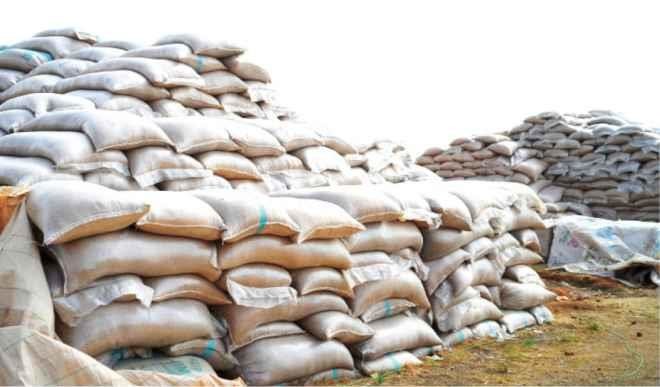Nigeria’s rice imports will jump 13 per cent next year to 3.4 million metric tons, making Africa’s most populous country the world’s biggest rice importer after China, according to the U.S. Department of Agriculture.
The forecast growth is a setback for the Nigerian government, which plans to stop rice imports by the end of this year to save foreign currency. Production had increased more than 50 percent since 2012 to 3.7 million tons last year. Domestic demand rose 4 percent to 6.7 million tons in the 2017-18 year that ended in May.
President Muhammadu Buhari wants to diversify Nigeria’s economy away from hydrocarbons, and agriculture is one of the sectors he has bet on. The economy of Africa’s biggest oil producer is still recovering from a slump in 2016, after the crash in crude prices.
Rice farmers in Nigeria have reported a drop in output since last year due to a combination of higher input costs, insecurity and widespread flooding in the main growing regions. At the same time, people are giving up traditional coarse grains in favor of rice in the country of almost 200 million people.
“The rain has not been favorable to rice farmers this year,” Mohammed Sahabi, chairman of the Rice Farmers Association of Nigeria in Kebbi, one of the main rice-growing states, said by phone. “We lost more than 20,000 hectares of unharvested rice this year in Kebbi alone.”
Current global production exceeds consumption by 2.3 million tons, according to USDA, with 2018-19 “global ending stocks” projected to reach 163 million tons, 17.8 million tons more than previously forecast.
Nigeria’s rice imports will jump 13 per cent next year to 3.4 million metric tons, making Africa’s most populous country the world’s biggest rice importer after China, according to the U.S. Department of Agriculture.
“China and Nigeria are projected to remain the largest rice importing countries in 2019, followed by the EU, Cote d’Ivoire, and Iran,” the USDA said in its latest Rice Outlook released Tuesday. “Nigeria and Egypt are projected to account for the bulk of the 2019 import increase.”
The forecast growth is a setback for the Nigerian government, which plans to stop rice imports by the end of this year to save foreign currency. Production had increased more than 50 percent since 2012 to 3.7 million tons last year. Domestic demand rose 4 per cent to 6.7 million tons in the 2017-18 year that ended in May.
President Muhammadu Buhari wants to diversify Nigeria’s economy away from hydrocarbons, and agriculture is one of the sectors he has bet on. The economy of Africa’s biggest oil producer is still recovering from a slump in 2016, after the crash in crude prices.
Rice farmers in Nigeria have reported a drop in output since last year due to a combination of higher input costs, insecurity and widespread flooding in the main growing regions. At the same time, people are giving up traditional coarse grains in favor of rice in the country of almost 200 million people.
“The rain has not been favorable to rice farmers this year,” Mohammed Sahabi, chairman of the Rice Farmers Association of Nigeria in Kebbi, one of the main rice-growing states, said by phone. “We lost more than 20,000 hectares of unharvested rice this year in Kebbi alone.”
Current global production exceeds consumption by 2.3 million tons, according to USDA, with 2018-19 “global ending stocks” projected to reach 163 million tons, 17.8 million tons more than previously forecast.

 Join Daily Trust WhatsApp Community For Quick Access To News and Happenings Around You.
Join Daily Trust WhatsApp Community For Quick Access To News and Happenings Around You.


